The Newton-Evans HV Equipment Market Overview series of reports for 2024-2026 includes a total of 15 market snapshots or overviews for a variety of HV equipment. The HV equipment totals for major components of substations and transmission network installation excludes additional billions spent on substation construction activities for both new substations and existing substation upgrades.
An excellent guide to substation project costs is the MISO Transmission Cost Estimation Guide for 2024, which can be found here: https://cdn.misoenergy.org/MISO%20Transmission%20Cost%20Estimation%20Guide%20for%20MTEP24337433.pdf . This guide provides a wide array of related cost assumptions that include ancillary equipment related costs as well as some estimates of current-year equipment prices and project overhead costs.
The Newton-Evans’ estimated outlay of expenditures for U.S. HV substation construction activities reached about $4 billion in 2023, a similar level as was the total estimated spending for all HV equipment categories other than power transformers, which, as a separate category, reached about the $3 billion level. The estimates shown in Figure 1 includes total estimated spending for HV equipment being purchased in conjunction with new substation developments (bundled procurements) as well as the amounts purchased for equipment retrofits and upgrades in existing substations and network locations (“loose” procurements).
The total estimated spending shares for switchgear shown below includes both air-insulated and gas-insulated types.
Power transformers and P&C topics are treated separately from HV equipment in our market overview series of studies. The entire range of power transformers included in the total costs for HV substations amounted to an additional $3+ billion. You can read up on U.S. power transformer market estimates here: https://www.newton-evans.com/a-mid-2024-assessment-of-the-u-s-power-transformer-industry/ . The updated P&C series of market overviews will be published in early Autumn.
A listing of all HV equipment summary reports included in this year’s series of market overviews can be found here: https://www.newton-evans.com/product/overview-of-the-2024-2026-u-s-transmission-and-distribution-equipment-market-high-voltage-series/ .
Figure 1. HV Equipment Market Estimates and Outlook 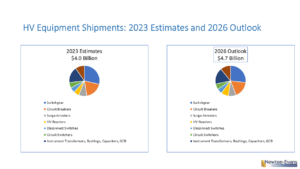
A listing of all HV equipment summary reports included in this year’s series of market overviews can be found here: https://www.newton-evans.com/product/overview-of-the-2024-2026-u-s-transmission-and-distribution-equipment-market-high-voltage-series/

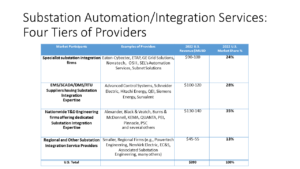
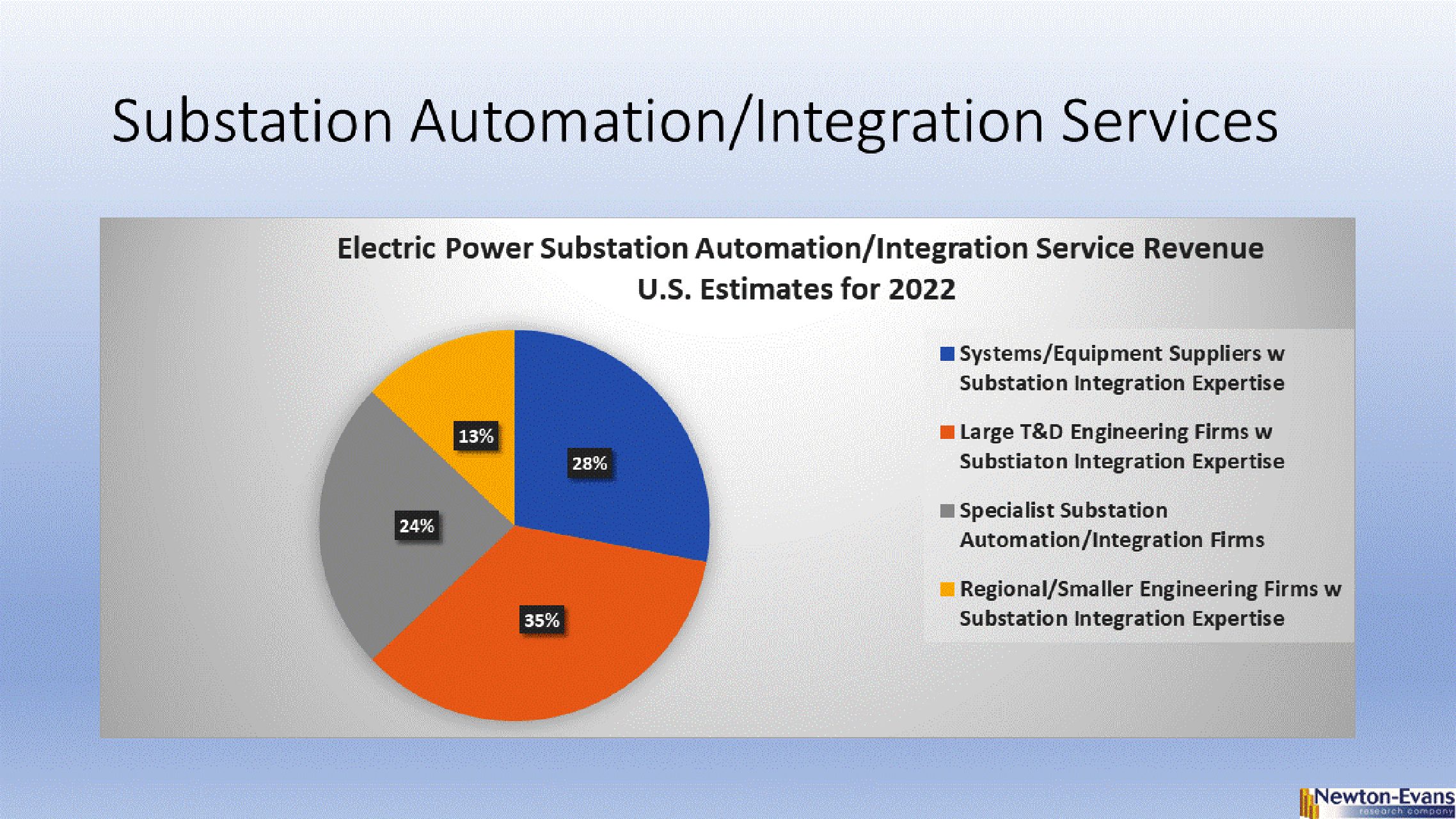
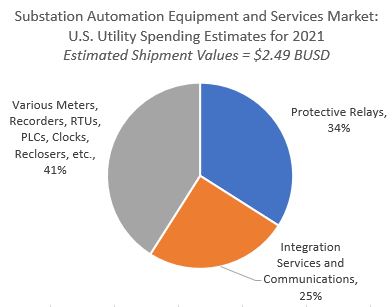
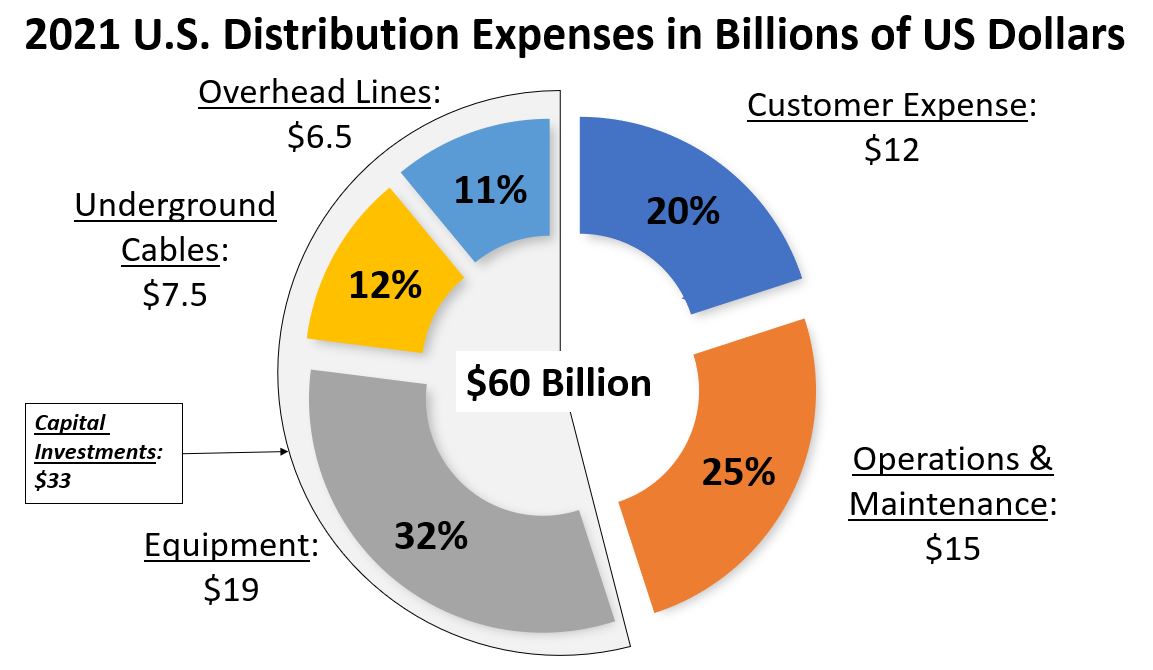
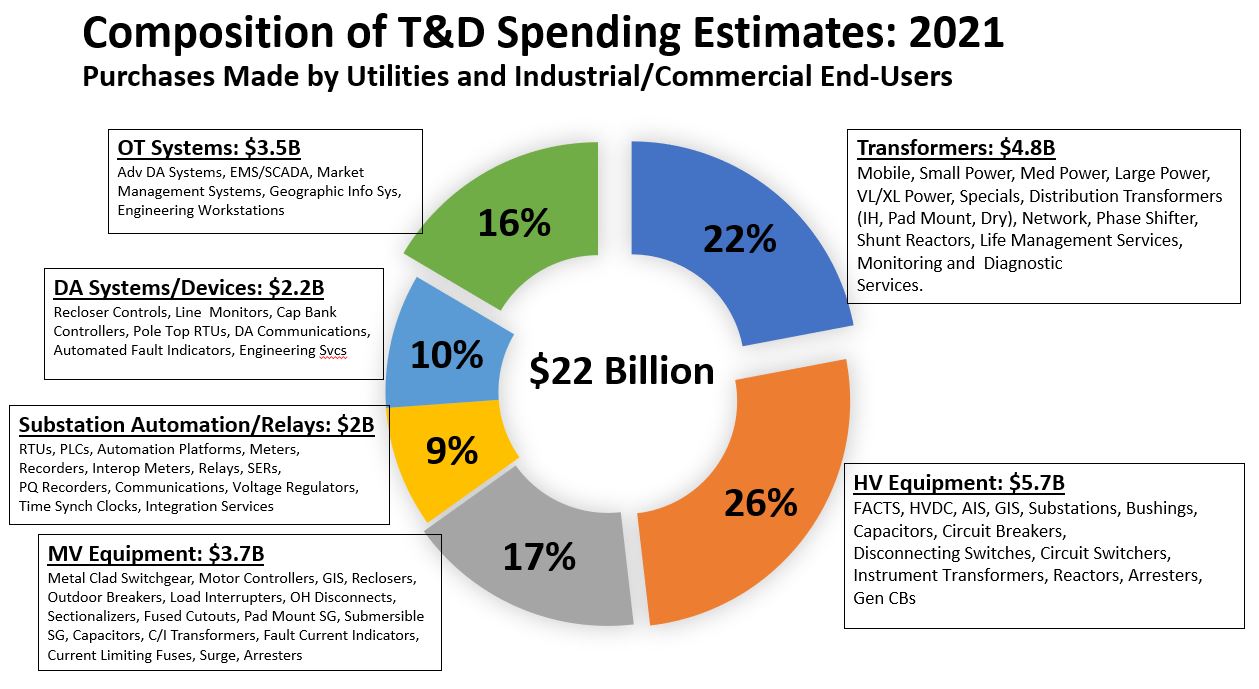
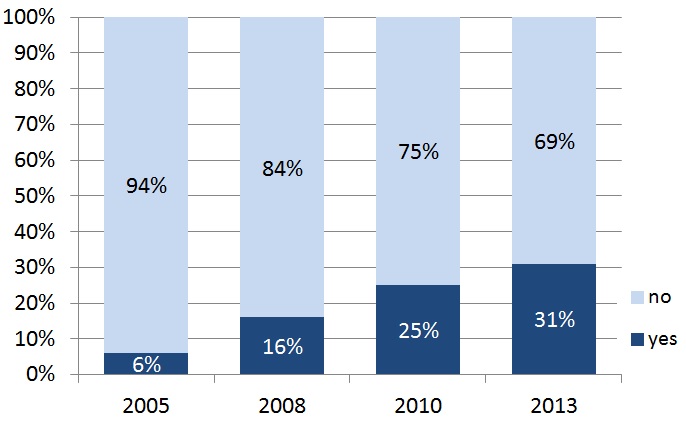
 summary reviews and highlights from completed studies
summary reviews and highlights from completed studies
